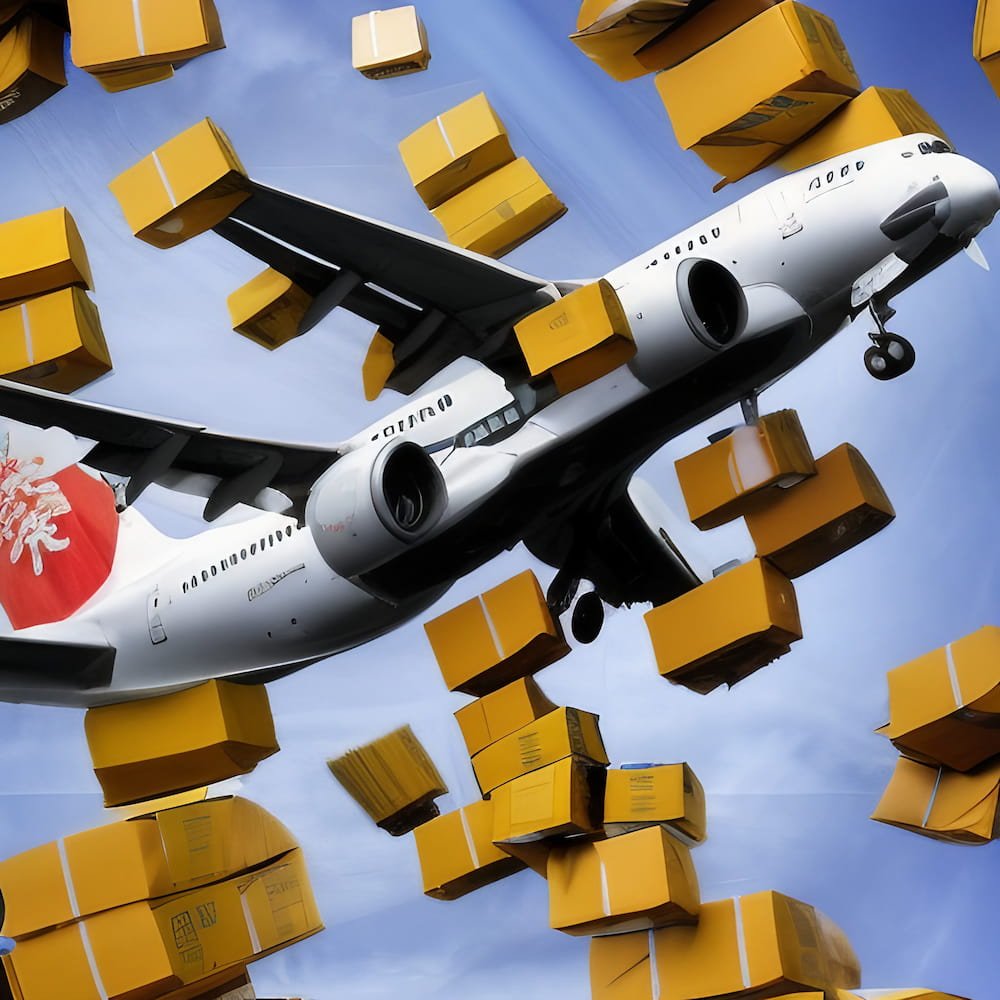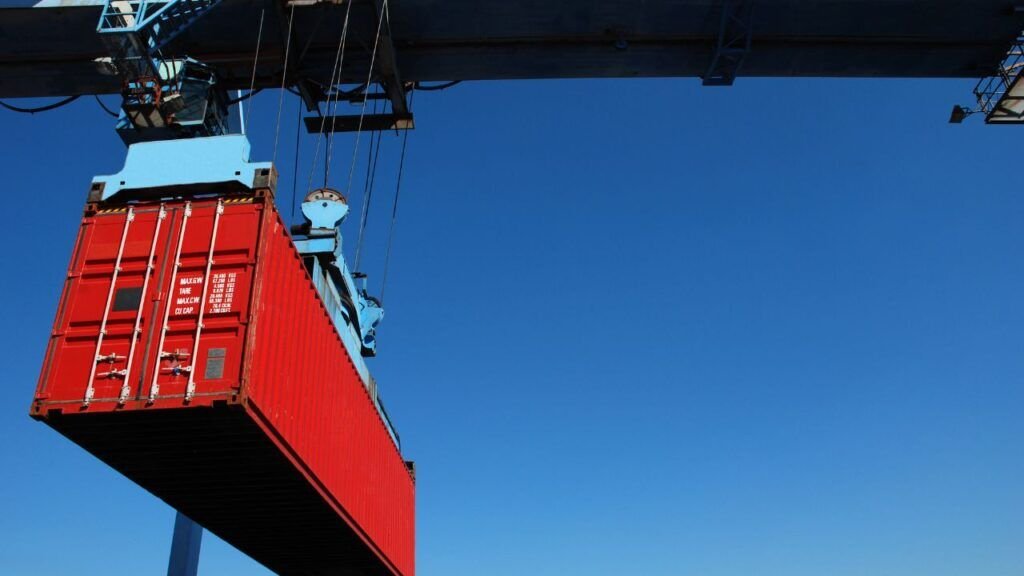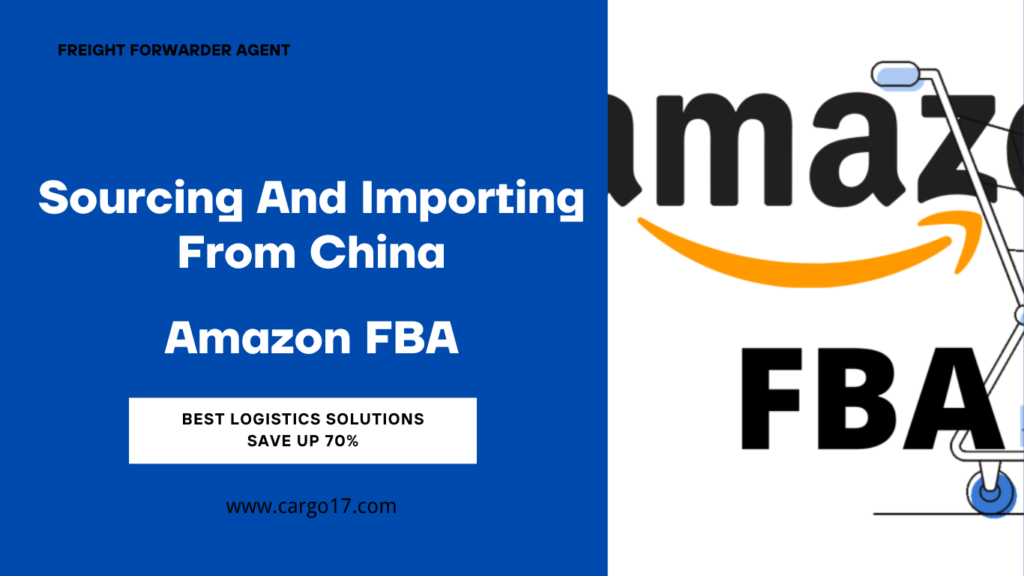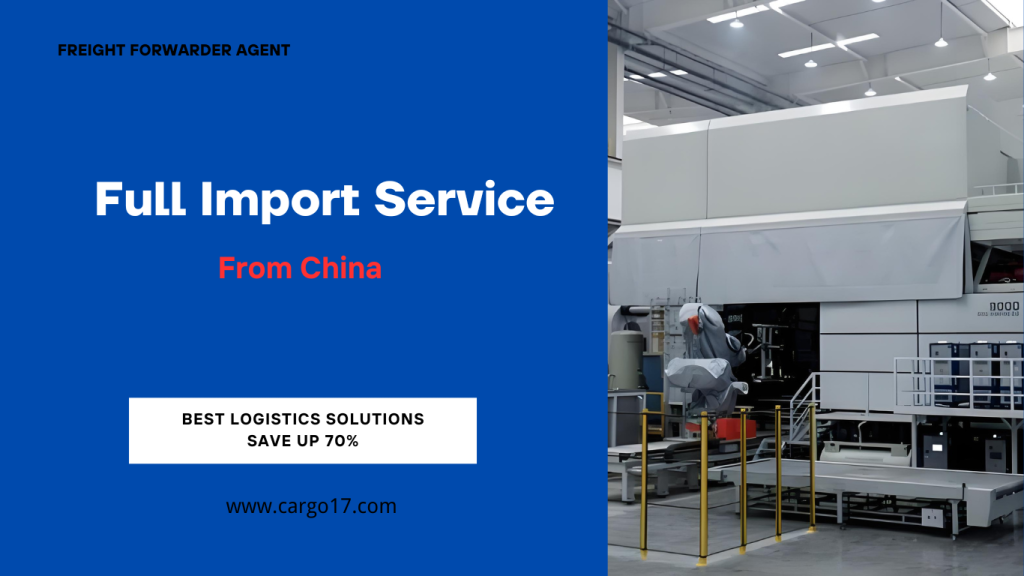How to Ship Large Boxes From China More Cheaper?
Looking to ship large boxes from china more cheap? Find out how to find the cheapest shipping with XCJD Logistic
Are you an ambitious entrepreneur dealing with the high expense of transporting huge boxes from China? This comprehensive guide can assist! We understand how important it is to provide your consumers with convenient and reasonable shipping alternatives, and we will provide you with the information and methods you need to ship large boxes cheaply and efficiently while maintaining customer happiness.
Navigating the world of large box shipping can be a daunting task due to size, weight, distance, and cost. Finding the right balance between these aspects can be critical for successful eCommerce businesses in terms of maintaining low shipping costs and high customer satisfaction.
This blog post provides a complete approach to delivering large boxes inexpensively and efficiently. We’ll look at the important elements driving your expenses, discuss strategic options, and provide useful recommendations for optimizing your large box shipping plan.
By the conclusion, you will have the knowledge and tools to expertly manage eCommerce shipping processes and save money. Increasing profits without compromising your consumers’ experience.

How to Ship Large Boxes From China More Cheaper
Shipping huge boxes can be a puzzling balance of size, weight, distance, and cost. To truly optimize your plan, you must grasp the primary aspects driving large box shipping costs:
Dimensional Weight (DIM Weight):
When shipping things, forget about the actual weight! Many shipping companies use dimensional weight, which considers both real weight and package dimensions. Because of the amount of space they take up, big but lightweight boxes might be more expensive to send than denser, smaller ones.
Measure your boxes accurately and account for dimensional weight estimates to minimize surprises and keep shipping prices consistent!
Destination:
Shipping across state boundaries or overseas greatly increases the cost. Longer distances result in increased fuel expenses, handling fees, and even customs duties. Understanding your target market and providing regional fulfillment alternatives might help you locate the most affordable shipping options.
Shipping Speed:
The promise of expedited delivery comes at a cost. While faster air delivery may be appealing, normal ground options offer significant cost savings, particularly over longer distances.
Packaging:
Secure and proper packing protects product safety, although it can increase weight and can result in fees for poor protection. To save weight shipping costs, invest in robust, appropriately sized boxes and consider lightweight fillers such as air pillows or bubble wrap.
Carrier:
Shipping firms offer different price schemes and services for large shipments. Compare rates from key providers such as DHL, FedEx, and the United States Postal Service, taking into account their strengths and limitations (for example, USPS weight constraints). Multi-carrier platforms, such as Easyship, can help to speed the comparison process.
Additional Fees:
Be mindful of any potential surcharges on your oversized shipment, as well as residential deliveries, fuel costs, and special handling requirements. Add these to your computations for a complete picture.
Hidden Costs:
Don’t forget about extra fees like return shipping labels, insurance for valuable items, or customs brokerage fees when shipping internationally. Include these in your calculations to ensure correct budgeting.
Beyond Basics: Advanced Cost Considerations:
- Negotiate with Carriers: As your shipping volume increases, leverage your bargaining power to negotiate discounted rates with major carriers and courier services
- Explore Freight Shipping: For exceptionally large or heavy items, LTL (Less Than Truckload) freight shipping can be more cost-effective than traditional parcel carriers
- Regional Fulfillment: Partner with fulfillment centers closer to your customer base to reduce distance-related costs and potentially offer faster delivery times.
- Flat-Rate Shipping: For specific product categories, calculate an average shipping cost and offer flat-rate shipping to incentivize larger orders and simplify pricing for both you and your customers
Remember: Finding the “cheapest” option isn’t always the best. Evaluate factors like delivery speed, reliability, tracking capabilities, and customer experience when making your shipping service decision. A slightly more expensive option that prioritizes these aspects might ultimately be more beneficial for your business and your customers.
By understanding these cost factors and exploring strategic options, you can navigate the large box shipping landscape with confidence, ensuring efficient and cost-effective deliveries that delight your customers and contribute to your business success.
To learn more about shipping bulky items from China, check out this article:Extra Large Cargo Dedicated Line Shipping From China
How to Ship Large Boxes More Cheaper from china
Finding the absolute cheapest choice is not necessarily the greatest strategy for large-box shipment. Finding a balance between cost, speed, dependability, and customer experience is critical. However, here are some ways to assist you find the most affordable choice for your unique needs:
1. Compare Rates Across Carriers:
- Utilize multi-carrier shipping platforms like Easyship to compare shipping costs from major carriers (DHL, FedEx, USPS) and niche providers in real time
- Consider freight shipping for exceptionally large or heavy items through companies like LTL carriers
- Remember the Postal Service! USPS Priority Mail and Parcel Select can be surprisingly cost-effective for certain weights and distances, especially within the US
2. Get Quotes, Don’t Just Rely on Estimated Rates:
- Don’t settle for estimated shipping costs on carrier websites. Get precise quotes based on your exact package dimensions, weight, and destination.
- Factor in any surcharges for oversized items, fuel costs, or residential deliveries.
3. Leverage Your Shipping Volume:
- If you ship large boxes frequently, negotiate discounted rates with major carriers. Your bargaining power increases with volume.
- Consider volume discounts offered by multi-carrier platforms based on your aggregated shipping needs.
4. Explore Flat-Rate Shipping:
For specific product categories, calculate an average shipping costand offer flat-rate shipping to incentivize large-order purchases. This simplifies pricing for both you and your customers.
5. Embrace Regional Fulfillment Centers:
If you ship frequently to specific regions, partner with fulfillment centers located closer to your customers. This reduces distance, transit time, and potentially shipping costs.
6. Consider Alternative Packaging:
- Explore lightweight packaging materials like air pillows, bubble wrap, or inflatable dunnage instead of heavy boxes. This reduces DIM weight and associated costs.
- Can your product be disassembled and reassembled safely? This allows for smaller, cheaper boxes.
7. Don’t Neglect Free Shipping Incentives:
Offer free shipping above a certain order value to incentivize larger purchases and offset reduced margins on individual items. This can attract customers and boost sales.
8. Utilize Technology Tools:
Shipping software like Easyship helps automate tasks, compare rates across carriers, and optimize packaging dimensions, saving you time and money.
Remember, the “cheapest” option is not necessarily the best. When making your decision, consider variables such as delivery speed, reliability, tracking capabilities, and customer experience. A slightly more expensive choice that focuses these factors may eventually be more beneficial to your company and customers.
By combining these tactics and carefully assessing your requirements, you can determine the most cost-effective and efficient method of shipping large boxes, assuring a smooth and satisfying experience for both you and your consumers.
Bonus Tip: Look for seasonal deals and discounts from carriers around holidays or peak shipping periods. You might make some surprising savings!

Shipping Methods for Large Items and Heavy Packages from China
Some major companies will be in the heavy package and oversized shipping game. Each option provides at least one good option for specific types of packages, but not all are cost-efficient air freight options.
Below are some freight shipping options you can consider.
Express Door-to-door Shipping from China by XCJD Freight Forwarder
Priority Mail Express is the perfect option if you wish to get the parcel to its destination as fast as possible.
DHL
The heavy shipping options of DHL are perfect for international shipping, including expedited shipping.
UPS
UPS has numerous shipping services, such as USPS mail types, including overnight delivery.
FedEx
FedEx has a few heavy and oversized shipping services such as Ground (1 to 7 days) and Freight (economy or priority).
Air freight combined with express freight
This parcel shipping option involves sending urgent air freight from China to the destination airport by air freight from the destination airport to the final address by the Express company.
DHL owns, co-owns, and even partners with numerous airlines across the globe. It provides an air freight service where your freight shipments and consolidated freight gets added to different flights scheduled along major routes, and it provides door shipping.
Ocean freight combined with express freight
Like the air freight option, DHL provides an ocean freight service that carries international shipments overseas on different ocean carriers. They provide Less Than Container and Full Container and a variety of special options.
Beyond the Cost: Optimizing Your Large Box Shipping Strategy Impove Business
While cost plays a crucial role in large-box shipping, it’s just one piece of the puzzle. Building a truly optimized strategy encompasses several key areas:
- Streamline the Shipping Process:
Embrace Automation: Use shipping software solutions to automate operations such as label creation, shipment scheduling, and tracking. This saves time, reduces errors, and increases efficiency.
Centralize your activities. Integrate your shipping software with your shopping cart platform and inventory management system to create a centralized location for all of your shipping requirements. This eliminates the data silos and streamlines workflows.
Standardize the packing procedures: Create specific criteria for packing large boxes that ensure consistency, efficiency, and minimal damage. Consider investing in packaging stations or equipment to speed up the process.
- Provide Diverse Shipping Options:
Cater to different needs: Provide a variety of delivery alternatives, including normal ground, expedited air, and overseas shipping, to accommodate a wide range of consumer preferences and budgets.
Consider specialist services. Provide choices such as signature confirmation, freight shipping for extremely large items, or white-glove delivery for high-end products.
Integrate real-time rates. Display live shipping charges at checkout based on the customer’s location and preferred option to ensure transparent pricing and informed decision-making.
3. Enhance Communication and Transparency:
- Be upfront about costs: Clearly display shipping costs and estimated delivery times on your product pages and checkout process. Avoid hidden fees or surprises.
- Provide proactive tracking: Share detailed tracking information with customers to keep them informed about their shipment’s progress.
- Respond promptly to inquiries: Address customer concerns about shipping promptly and professionally, building trust and fostering positive experiences.
4. Prioritize Sustainability:
- Embrace eco-friendly packaging: Explore solutions like recycled cardboard boxes, biodegradable packing peanuts, or air pillows to minimize environmental impact.
- Partner with responsible carriers: Choose carriers committed to sustainability practices like fuel efficiency initiatives and carbon offset programs.
- Reduce unnecessary shipments: Encourage customers to consolidate orders or offer in-store pickup options to minimize transportation emissions.
5. Continuously Monitor and Adapt:
- Analyze your shipping data: Regularly track key metrics like shipping costs, delivery times, damage rates, and customer feedback to identify areas for improvement.
- Stay updated on industry trends: Explore new technologies, carrier offerings, and packaging solutions to continuously optimize your strategy.
- Seek expert advice: Partner with shipping consultants or utilize the expertise of platforms like Easyship to gain valuable insights and optimize your processes.
By focusing on these aspects beyond just cost, you can create a well-rounded large box shipping strategy that:
- Improves efficiency and saves time.
- Enhances customer satisfaction and loyalty.
- Minimizes environmental impact.
- Positions your business for sustainable growth.
Remember, shipping is an integral part of the customer journey. By investing in a comprehensive and optimized strategy, you can differentiate your business, deliver a seamless experience, and ultimately drive success.
Bonus Tip: Implement a returns policy that aligns with your large box shipping strategy, considering costs and potential challenges associated with returning bulky items.
To learn more about sourcing from china and shipping from China, please contact XCJD Freight Forwarder. We provide a list of products with high profit margins for you to choose from, and help you select high-quality suppliers and complete full logistics services, including warehousing, transportation, customs clearance, and door-to-door delivery.
Save Up to 91% On Shipping
Across 550+ Courier Services






